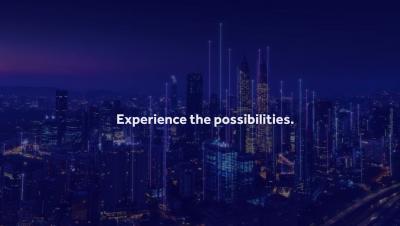Systems | Development | Analytics | API | Testing
Low Code
Developing Workforce Safety: A Rapid Response to Covid-19
This is the story of how Appian helped organizations worldwide get thousands of people back to work during the worst global pandemic in over a century, safely and legally. The Appian Workforce Safety Solution COVID-19 threw people worldwide into what seemed like a black hole of chaos. As infection rates rapidly grew, and related concerns grew even faster, communities struggled to respond.
Appian & Ignyte: Mental Health Case Management
Rob Galbraith: The 7 Fatal Flaws of Insurance, Part 2
Last week, insurance industry expert Rob Galbraith introduced us to “The 7 Fatal Flaws of Insurance." This week, Galbraith weighs in on low-code automation as a competitive advantage in the $5 trillion insurance industry. “For a $5 trillion industry as mature as insurance," says Galbraith, “technology that can help solve any one of the seven fatal flaws would make a pretty good business. There's a lot of room for improvement.”
Empowering Business Users to Shape the Future of Client Onboarding
Onboarding institutional clients is one of a financial services institution’s most critical functions, with direct implications for client experience, servicing, and relationships, that all significantly impact profits. What’s at stake during the onboarding process? Client loyalty, experience, referrals, and profitability. How many touch points across departments—front office, operations, risk, legal, credit, compliance, tax—can potentially elongate the onboarding process?
How Oil & Gas Companies Are Ensuring Workforce Safety During COVID-19
Over a few short months in 2020, COVID-19 accelerated what so many CEOs and CTOs have struggled to do for the past decade: It forced organizations to be agile and adjust quickly to change. Oil and gas companies in particular had to react quickly to get back to onsite work while protecting their workers’ safety. Russell Stewart, host of the Oil and Gas HSE Podcast, recently sat down with some experts from Appian who specialize in our Workforce Safety solution and in the oil and gas industry.
Modern Automation for Business Resilience
The global COVID-19 crisis has laid bare the challenges with the structures and features of global supply chains, and has highlighted the shortcomings within many organisations' own internal working environments and business processes. Organisations across every industry are being forced to evaluate their business operations from multiple perspectives and look for ways to make their businesses more resilient to both unpredictable environments and financial stresses.
The Real World AI Experiment
Few people can understand the difference between theory and practice more clearly than a chess Grandmaster. Our little 64-square laboratory has space for centuries of ideas. With more moves than atoms in the solar system, my ancient boardgame has limitless complexity for the human mind—and was even enough to stump the world’s fastest computers for decades.
Rob Galbraith: The 7 Fatal Flaws of Insurance, Part 1
With the onslaught of hyperautomation, it’s easy to assume insurance is stodgy and boring. But don’t be fooled. Yes, the industry has its flaws—some of them fatal. But over the next decade, technology will revolutionize insurance more than it has in the past three decades combined.
Accelerating software projects using the feature design process
Every agile software engineering team wants to do these three things: The reality is that as we focus on improving one thing, sometimes it is at the expense of another. If we focus on accelerating feature development, feature quality could suffer. If we focus on improving feature quality, development could slow, potentially delaying the release. But what if we could have it all?




